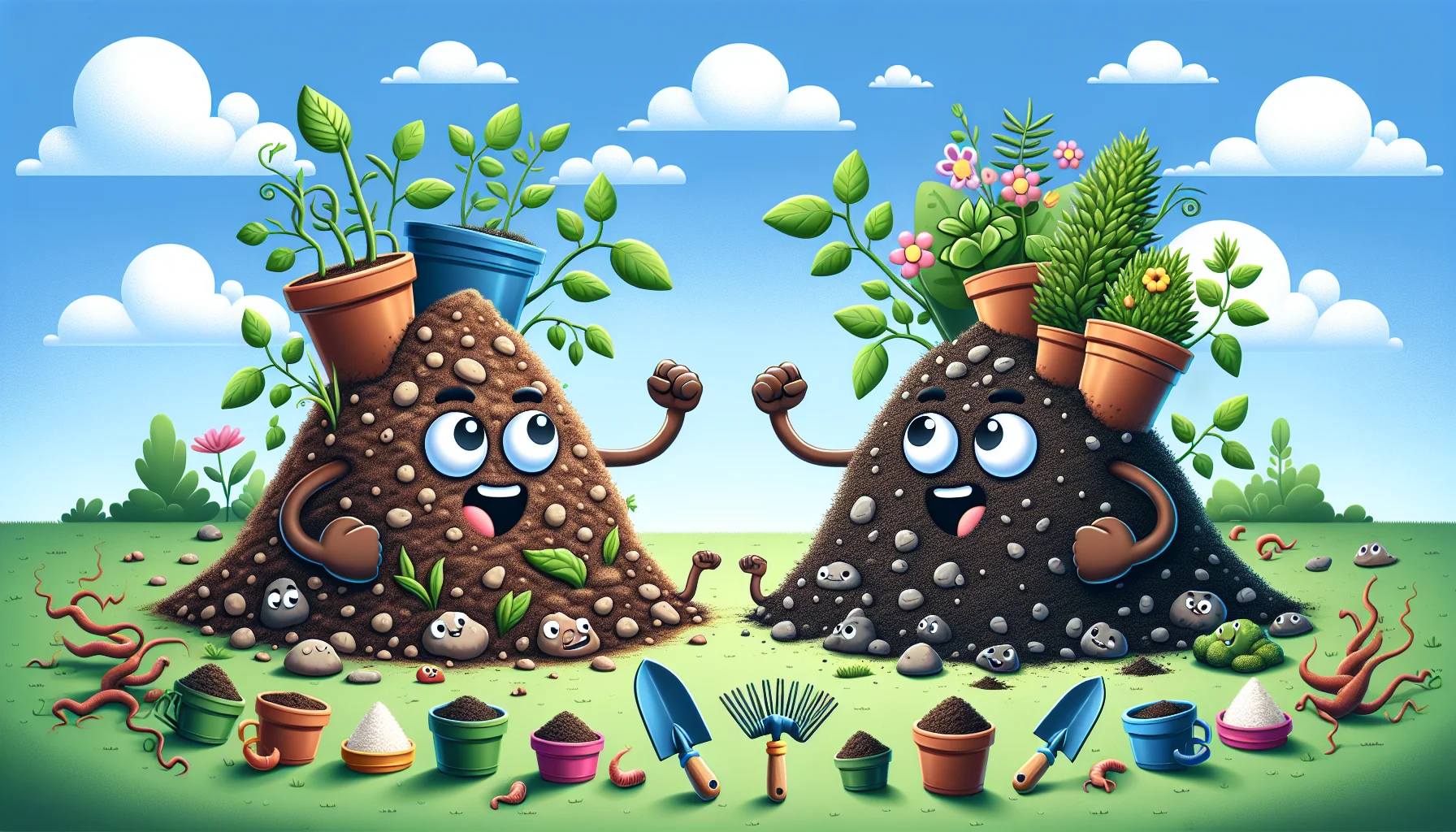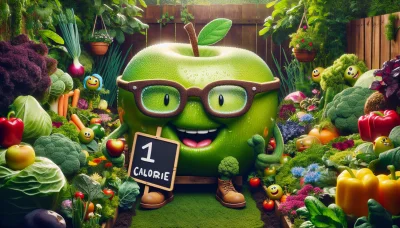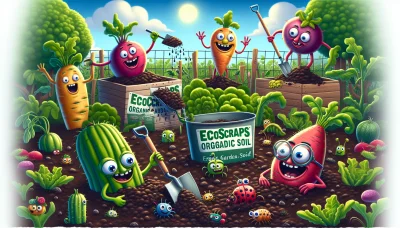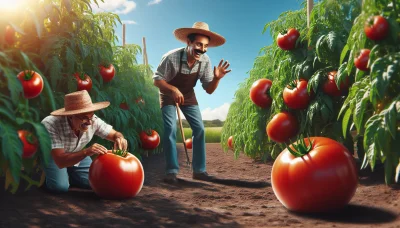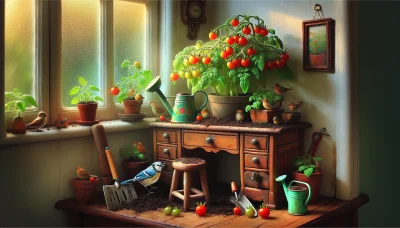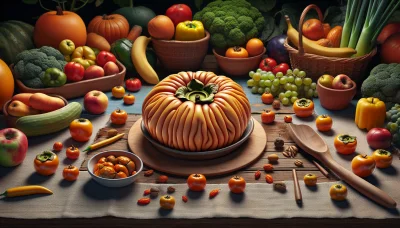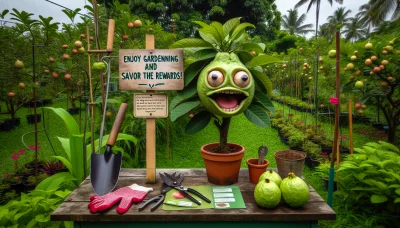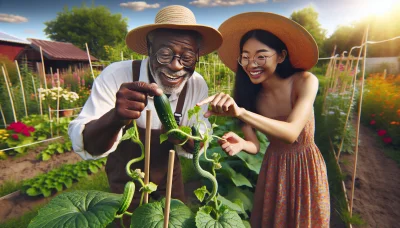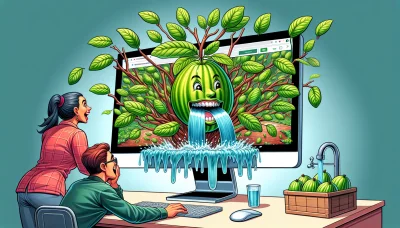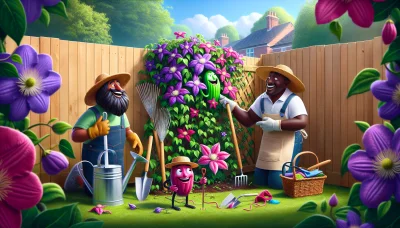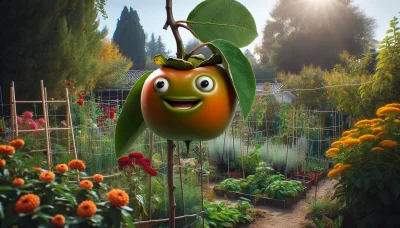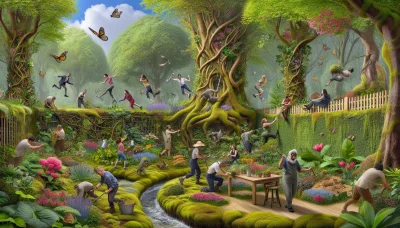Garden soil vs potting soil Quiz
Test Your Knowledge
Question of
Garden Soil vs Potting Soil: Understanding the Differences
Choosing the right type of soil for your gardening projects is crucial for the health and growth of your plants. Garden soil and potting soil are designed for different uses and contain different components that can significantly affect plant development. Understanding the specific benefits and limitations of each can help you make informed decisions that ensure your plants thrive in their environment.
What is Garden Soil?
Garden soil is a type of soil that is specifically formulated for use in outdoor gardens. It is a blend of various components, including topsoil, compost, and other organic materials, which work together to provide a nutrient-rich environment for plants to grow. Garden soil is designed to improve soil structure, enhance water retention and drainage, and provide essential nutrients to plants. It is best used for creating new garden beds, amending existing soil, or filling raised beds, making it an indispensable resource for gardeners aiming to cultivate healthy and vibrant plants.
What is Potting Soil?
Potting soil, also known as potting mix, is a medium used to grow plants, herbs, and vegetables in a container. Unlike regular garden soil, potting soil is sterile, free from weed seeds, and pathogens that could harm plants. It is designed to provide a balanced environment for plants to thrive in containers. The ingredients in potting soil typically include peat moss, compost, vermiculite or perlite, and sometimes sand, which help in retaining moisture and providing aeration to the plant roots. This type of soil is beneficial for container gardening because it ensures that the plants receive the right amount of water, air, and nutrients. Additionally, its lightweight nature makes it easy to handle and suitable for a variety of indoor and outdoor gardening projects.
Key Differences Between Garden Soil and Potting Soil
- Composition: Garden soil is made up of natural soil found in gardens and landscapes, while potting soil is a sterile, commercial mix that often contains peat moss, vermiculite, and perlite.
- Texture and Density: Garden soil tends to be denser and heavier, which can lead to poor drainage and root aeration. Potting soil is lighter and fluffier, promoting better drainage and air circulation around plant roots.
- Nutrient Content: Potting soil is usually enriched with nutrients and sometimes contains slow-release fertilizers, whereas garden soil's nutrient content can vary greatly depending on its origin and condition.
- Use: Garden soil is suited for outdoor use directly in the garden. Potting soil is designed for use in container gardening, both indoors and outdoors.
- Pest and Disease Risk: Garden soil may contain weed seeds, pests, and diseases, which can be harmful to plants. Potting soil is typically sterilized to be free of these issues.
- pH Levels: The pH of potting soil is usually adjusted to be ideal for most plants, whereas the pH of garden soil can vary widely and may need to be amended for specific plants.
- Cost: Potting soil can be more expensive than garden soil due to its specialized contents and the process it undergoes to ensure it is free of contaminants and enriched with nutrients.
Pros and Cons of Garden Soil
| Advantages | Disadvantages |
|---|---|
| Naturally rich in nutrients | May contain weed seeds |
| Supports a wide range of plant life | Can be heavy and hard to work with |
| Improves over time with composting | May contain pests or diseases |
| Cost-effective for large areas | Requires testing and amending for optimal pH and nutrients |
Pros and Cons of Potting Soil
| Pros | Cons |
|---|---|
| Designed to provide optimal growth environment | Can be expensive compared to garden soil |
| Contains balanced nutrients | May need frequent replenishment of nutrients |
| Prevents soil compaction | Not all mixes suit every plant type |
| Improves drainage | May contain pests or diseases if not sterilized |
| Lightweight and easy to handle | Environmental concerns with peat-based mixes |
Choosing the Right Soil for Your Gardening Needs
Selecting the correct soil for your garden is crucial for the health and growth of your plants. Different plants require different types of soil to thrive. For instance, succulents and cacti perform best in well-draining sandy soils, while vegetables and flowers often need loamy soil, which retains moisture yet drains well. It's important to assess the specific needs of your plants and research the soil types they flourish in. Additionally, amending your soil with compost or other organic matter can improve soil health and structure, benefiting your entire garden.
